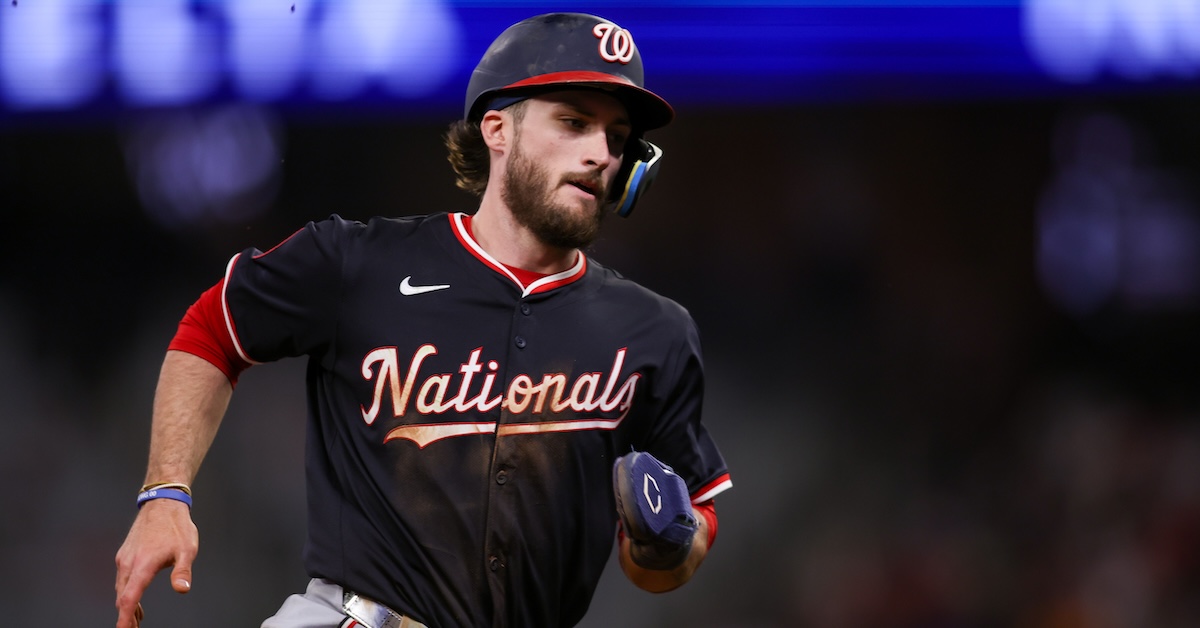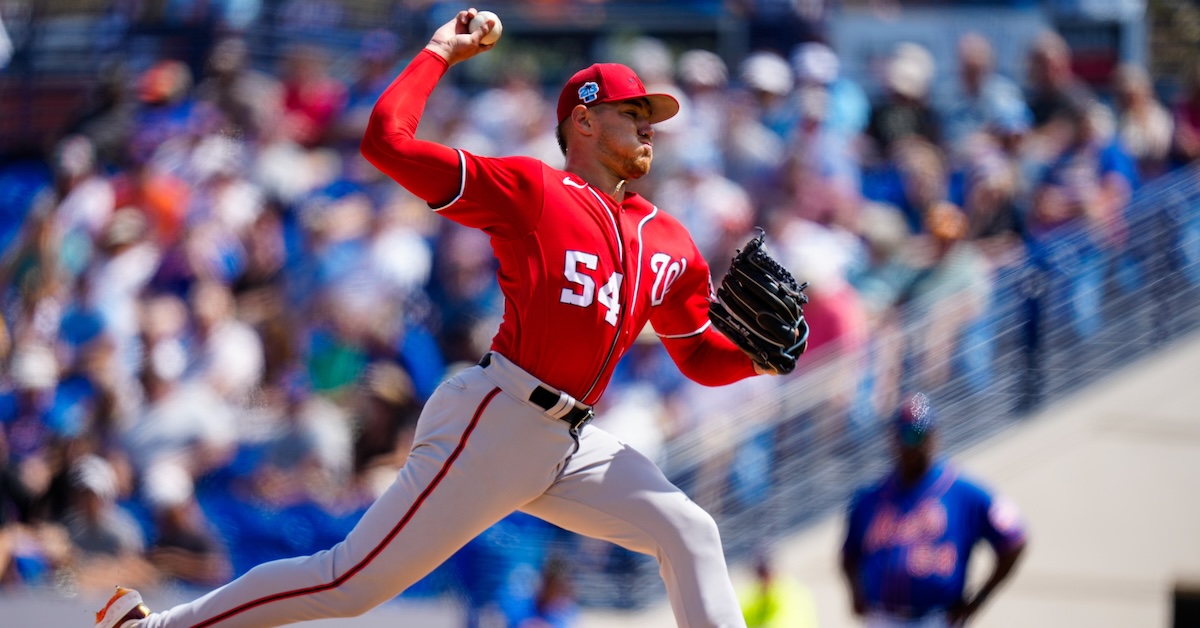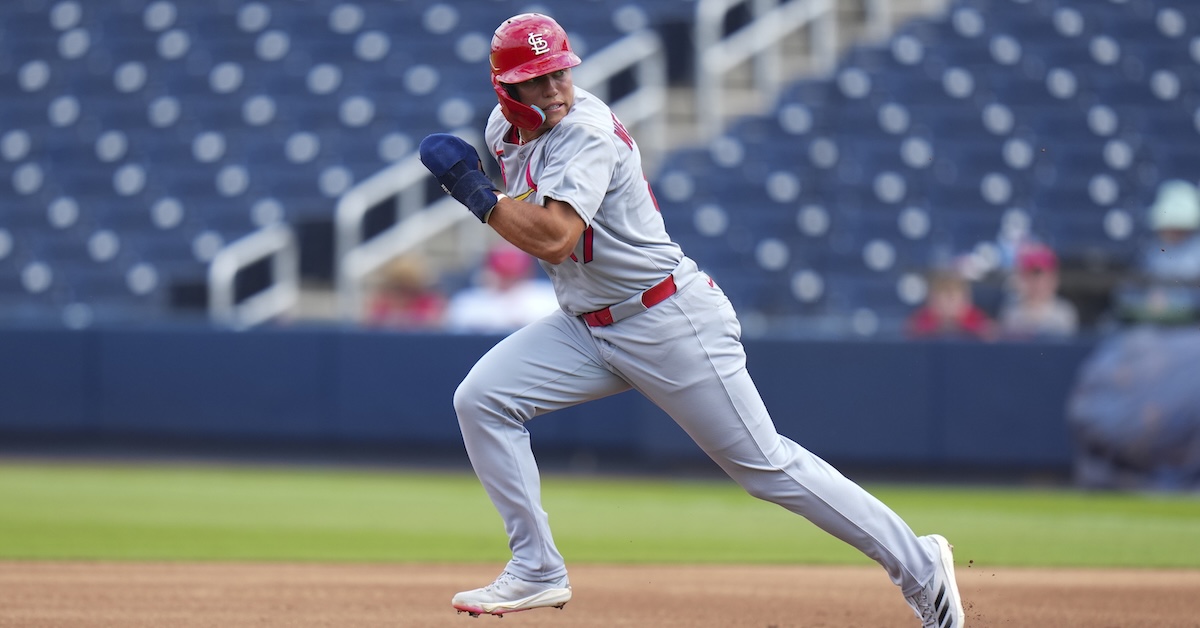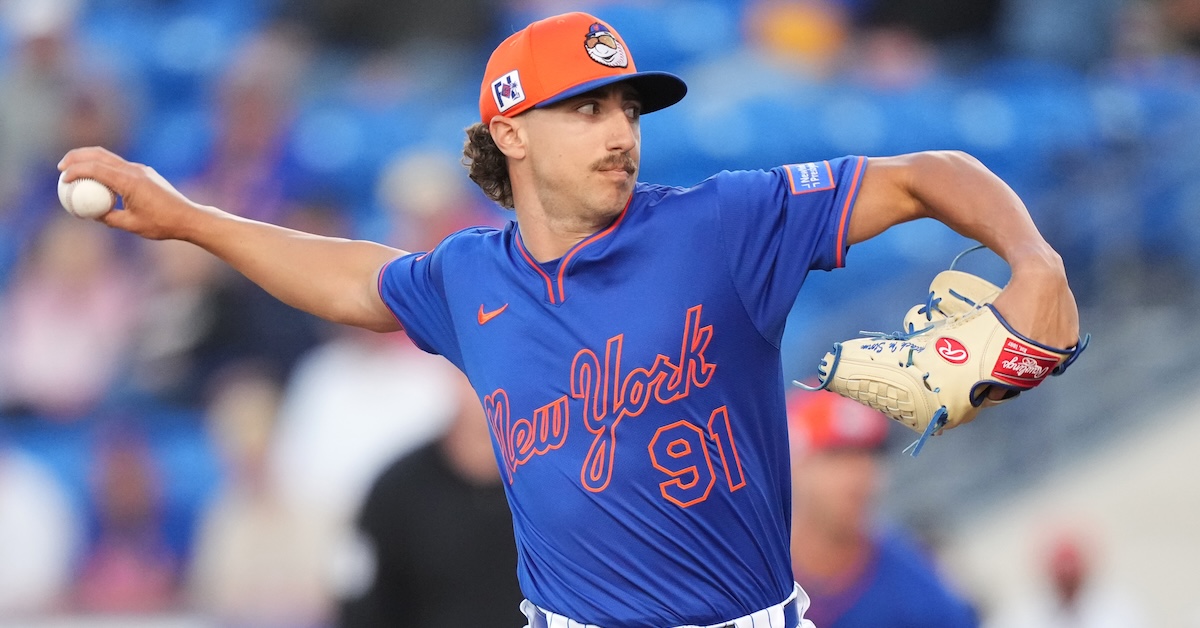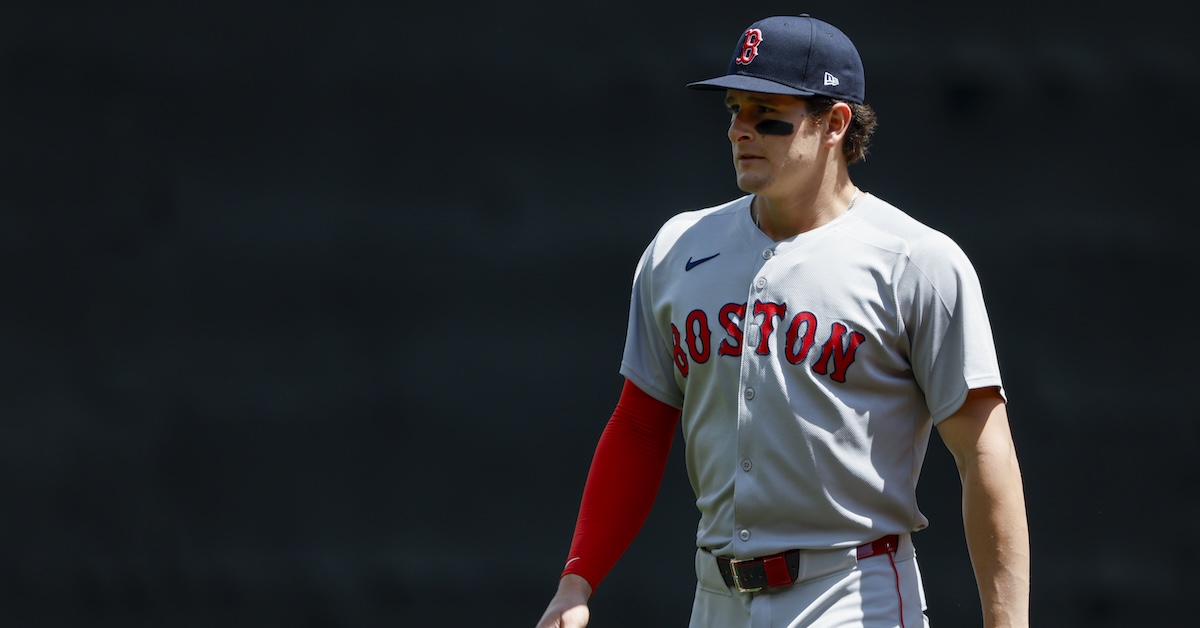Jamie Arnold vs. Liam Doyle: Fast-Moving College Lefties Go Electric
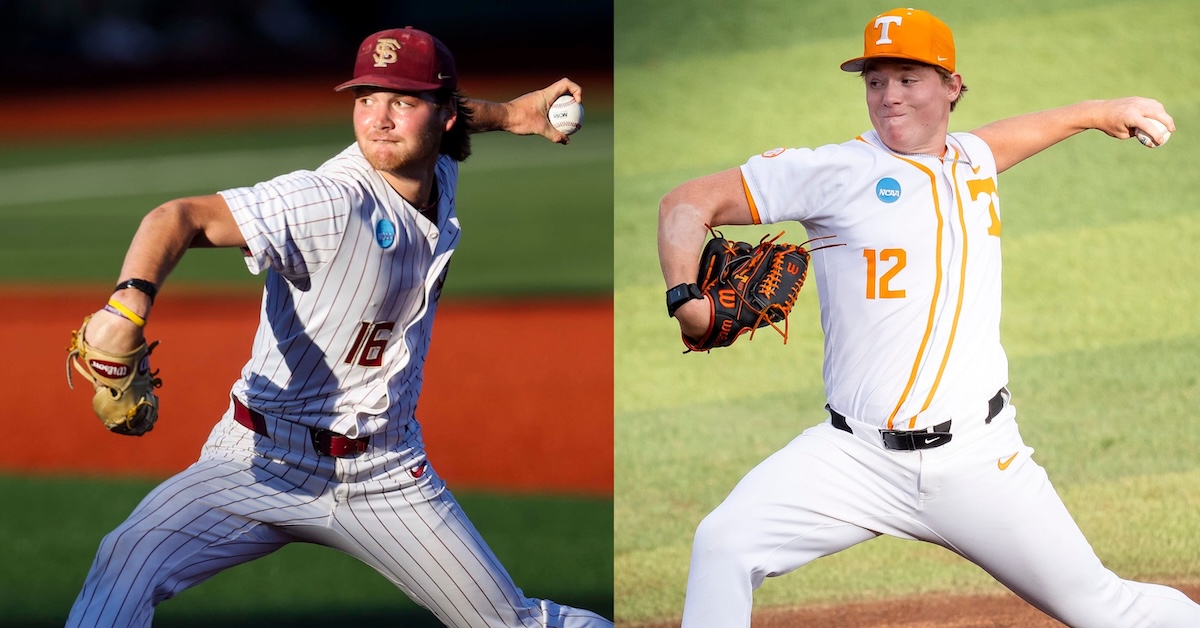
The most electrifying moment of the NCAA Tournament came in a game that was all but out of reach already.
Tennessee left-hander Liam Doyle, on his third team in as many seasons, was not present for the Vols’ College World Series title in 2024. But over a short time in Knoxville, he’d nudged his way into a very select group: Along with Florida State’s Jamie Arnold and LSU’s Kade Anderson, Doyle is a candidate to be the first college pitcher taken in the draft.
Doyle entered the game, Tennessee head coach Tony Vitello said at the time, more or less on his own volition. By the time Wake Forest’s Luke Costello came to bat with two outs in the eighth inning and Tennessee leading 10-5, the game was well in hand. Doyle was still bouncing off the walls anyway. Read the rest of this entry »

